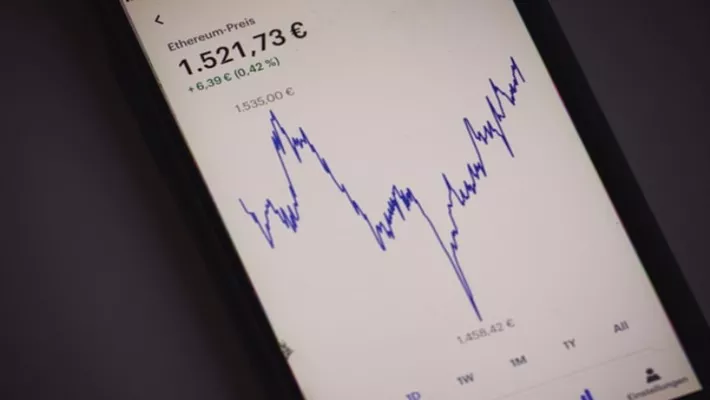Understanding the different types of share markets is essential for anyone interested in investing or trading in stocks. The share market, also known as the stock market, is a platform where investors buy and sell shares of publicly listed companies. These markets are crucial for the economic development of a country as they provide companies with access to capital and offer investors opportunities to share in the profits of businesses.
Primary Market
The primary market is where new securities are issued and sold for the first time. This is the market where companies raise capital by issuing shares to the public through mechanisms like Initial Public Offerings (IPOs). In this market, the company receives the funds raised from the sale of shares.
Role and Importance
The primary market plays a vital role in the economy by enabling companies to raise capital for expansion, research and development, and other business activities. Investors who purchase shares in the primary market become shareholders of the company and may benefit from dividends and capital appreciation.
Example
When a company decides to go public, it works with investment banks to determine the price and number of shares to be issued. These shares are then offered to the public for the first time. The funds raised through this process are used by the company for various purposes, such as paying off debt, funding new projects, or expanding operations.
Secondary Market
After securities have been issued in the primary market, they are traded among investors in the secondary market. This is the market most people are familiar with, as it involves the buying and selling of stocks on exchanges like the New York Stock Exchange (NYSE) or the Tokyo Stock Exchange (TSE).
Role and Importance
The secondary market provides liquidity to investors, allowing them to buy and sell shares easily. It also helps in price discovery, as the prices of shares are determined by supply and demand dynamics. This market is essential for the functioning of the financial system, as it provides a platform for investors to realize gains or losses on their investments.
Example
If an investor purchases shares of a company in the primary market and later decides to sell them, they would do so in the secondary market. The price at which the shares are sold would depend on the current market conditions and investor sentiment.
Over-the-Counter (OTC) Market
The Over-the-Counter (OTC) market is a decentralized market where trading of financial instruments occurs directly between two parties without a central exchange or broker. This market is used for trading securities that are not listed on formal exchanges.
Role and Importance
The OTC market provides a platform for trading a wide range of financial instruments, including stocks, bonds, and derivatives. It offers flexibility and allows for the trading of securities that may not meet the listing requirements of formal exchanges. However, the OTC market is less regulated, which can lead to higher risks for investors.
Example
Companies that are in the early stages of development or are considered too risky for listing on formal exchanges may choose to have their securities traded in the OTC market. Investors in this market should be aware of the higher risks involved, including lower liquidity and less transparency.
Alternative Trading Systems (ATS)
Alternative Trading Systems (ATS) are non-exchange trading venues that match buyers and sellers outside of traditional stock exchanges. These systems are primarily used by institutional investors to trade large blocks of shares without affecting the market price.
Role and Importance
ATS provides benefits such as lower transaction costs and reduced market impact. They offer a platform for high-frequency trading and other sophisticated trading strategies. However, ATS can sometimes lead to concerns about market fairness and the potential for manipulation due to less transparency compared to traditional exchanges.
Example
An institutional investor may use an ATS to execute a large trade without causing significant price fluctuations in the market. These systems match buy and sell orders electronically, ensuring efficient and discreet transactions.
Conclusion
Understanding the different types of share markets is crucial for investors looking to navigate the complex world of stock trading. Each market—primary, secondary, OTC, and ATS—serves a unique function within the broader financial system. The primary market enables companies to raise capital, the secondary market provides liquidity and price discovery, the OTC market offers opportunities for smaller or less regulated securities, and ATS caters to large-scale trading with specific advantages and challenges.
By comprehending how these markets operate, investors can make informed decisions and effectively manage their investment portfolios.
Related Topics:


